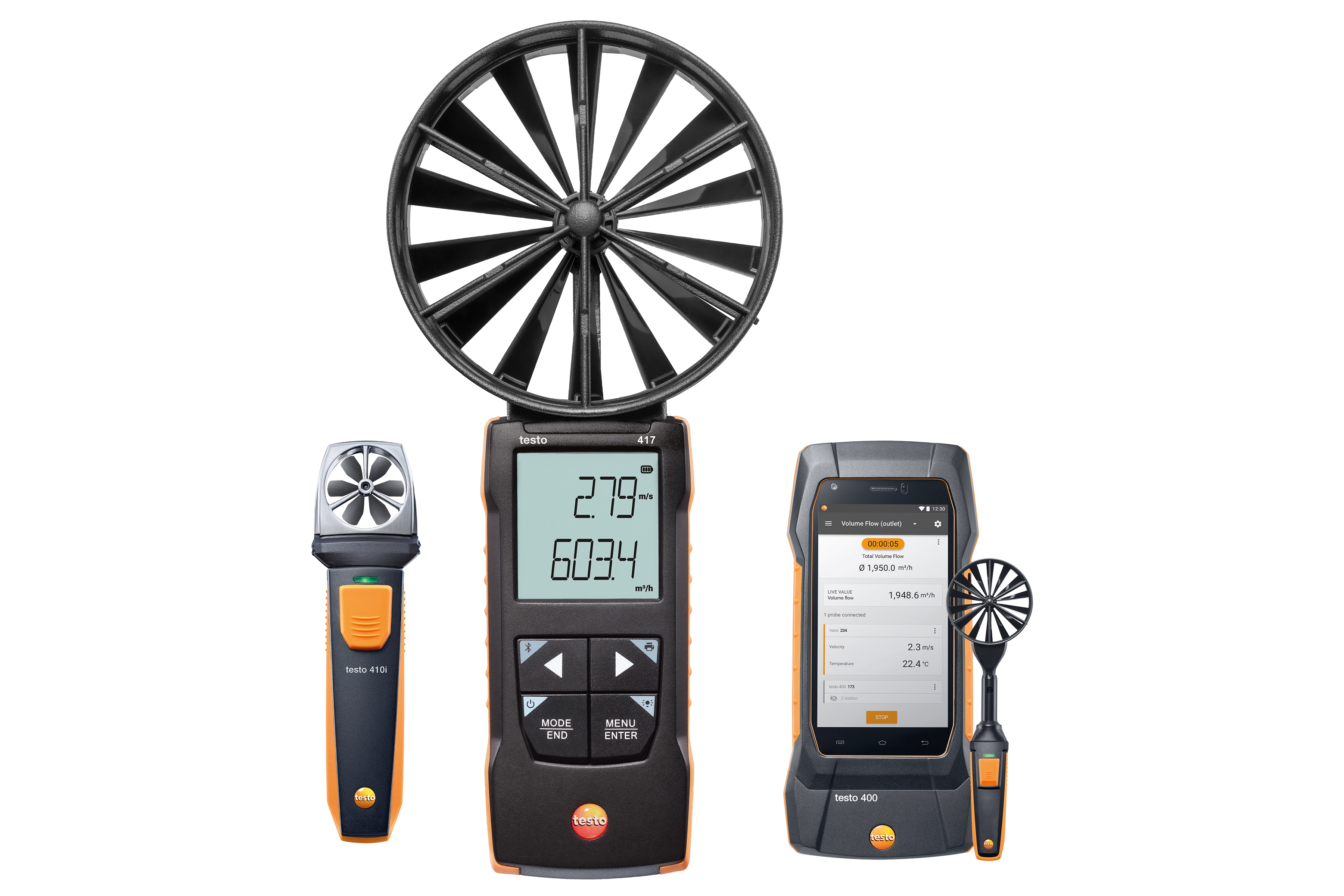How to Preserve and Look After Your Anemometer to Make Sure Longevity
How to Preserve and Look After Your Anemometer to Make Sure Longevity
Blog Article
Anemometers Revealed: Understanding Their Significance in Environmental Monitoring and Precaution
The duty of anemometers in ecological tracking and precaution is frequently underestimated, yet their importance is obvious. These tools have a long background rooted in scientific query and technical improvements, advancing to come to be essential tools in different areas. From weather forecasting to air travel security, anemometers play a critical function in offering exact information that informs decision-making processes and improves total safety and security. Understanding the details of anemometers reveals a world of critical insights that are fundamental to our understanding of the setting and the steps we require to ensure safety.
Background of Anemometers
The development of anemometers can be traced back to the old people where primary wind measuring tools were very first used. One of the earliest recognized anemometers was the hemispherical mug anemometer invented by Leon Battista Alberti in the 15th century.
In the 18th century, the prominent researcher John Thomas Romney Robinson presented the Robinson anemometer, which included four hemispherical cups placed on horizontal arms that expanded from a main axis. This design came to be a standard in meteorological measurements due to its accuracy and reliability. For many years, advancements in modern technology caused the advancement of more contemporary anemometers, including ultrasonic anemometers and laser Doppler anemometers, providing boosted precision and efficiency in gauging wind speed and direction. The background of anemometers showcases a remarkable trip of innovation and development in the field of weather forecasting.
Types of Anemometers
Throughout the field of meteorology, various sorts of anemometers have actually been developed to properly measure wind speed and instructions. The most common kind is the mug anemometer, which includes 3 or 4 cups mounted on straight arms that revolve with the wind. As the cups spin, the rate at which they turn is straight proportional to the wind rate. One more widely made use of kind is the vane anemometer, which includes a tail or fin that straightens itself with the wind direction. This placement enables the gadget to establish the wind instructions. Sonic anemometers utilize ultrasonic signals to measure wind speed and instructions accurately. They are typically used in research applications as a result of their high accuracy. Hot-wire anemometers operate based on the principle that the cooling impact of wind on a heated wire is symmetrical to the wind rate. These anemometers are suitable for measuring low wind rates with high precision. Each type of anemometer has its toughness and is picked based upon the details requirements of the tracking job handy.
Applications in Meteorology
Having talked about the various kinds of anemometers used in weather forecasting for determining wind speed and direction, it is crucial to discover their sensible applications in the field. Anemometers play a critical duty in meteorology by providing accurate and real-time information on wind problems (anemometer). Meteorologists use anemometers to keep track of wind rate review and direction to forecast weather condition patterns, concern cautions for severe climate events like hurricanes, typhoons, and tornados, and evaluate atmospheric conditions for air travel safety
In weather forecasting, anemometers assist in comprehending local and local wind patterns, which are crucial for anticipating weather condition changes and establishing climatic fads. These gadgets are additionally utilized in study to examine microclimates, city warmth islands, and air pollution dispersion. Additionally, anemometers are utilized in farming to maximize crop management techniques, such as irrigation and chemical application, based upon wind problems.
Importance in Air Travel Safety And Security
An essential element of ensuring air travel security hinges on the careful tracking of wind conditions utilizing anemometers. Anemometers play an essential function in aeronautics by offering real-time information on wind rate and instructions, assisting pilots in making informed choices during take-off, landing, and trip. Solid and unpredictable winds can considerably impact airplane procedures, making it essential for aeronautics authorities to depend on precise wind dimensions to make certain the safety and security of travelers and team.

In the vibrant environment of aeronautics, where also small adjustments in wind rate and instructions can have profound impacts, anemometers stand as vital tools for promoting secure and safe air traveling.
Function in Environmental Research Study
Anemometers play a vital duty in environmental research by providing necessary information on wind rate and direction. By accurately measuring wind attributes, anemometers help researchers analyze the activity of contaminants in the air, assess the influence of commercial emissions, and predict the spread of contaminants in the atmosphere.


Final Thought
In verdict, anemometers have played a vital function in environmental tracking and safety and security measures. Comprehending the value of anemometers is crucial for properly determining wind rate and direction, which is essential for forecasting weather condition patterns, guaranteeing risk-free aeronautics procedures, and conducting environmental research studies.
One of the earliest well-known anemometers was the hemispherical cup anemometer designed by Leon Battista Alberti in the 15th century. Over the years, innovations in modern technology led to the advancement of more modern-day anemometers, including ultrasonic anemometers and laser Doppler anemometers, using boosted accuracy and performance in measuring wind speed and direction. Hot-wire anemometers operate based on the principle that the cooling effect of wind on a warmed cable is symmetrical to the wind rate. Meteorologists make use of anemometers to keep an eye on wind speed and instructions to forecast more info here climate patterns, issue cautions for extreme weather occasions like hurricanes, storms, and tornadoes, and evaluate climatic conditions for air travel security.
Recognizing the significance of anemometers is vital for properly measuring wind speed and instructions, which is vital for predicting weather condition patterns, making certain secure aviation procedures, and conducting environmental research studies. (anemometer)
Report this page